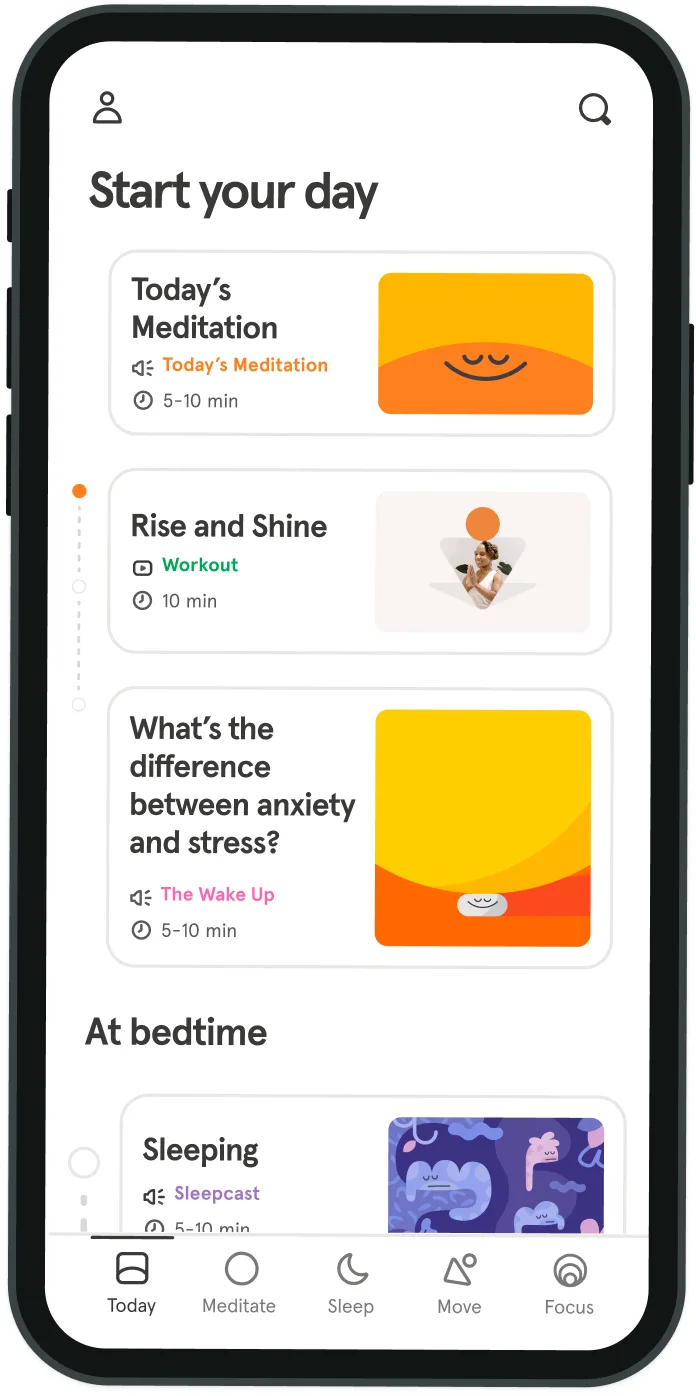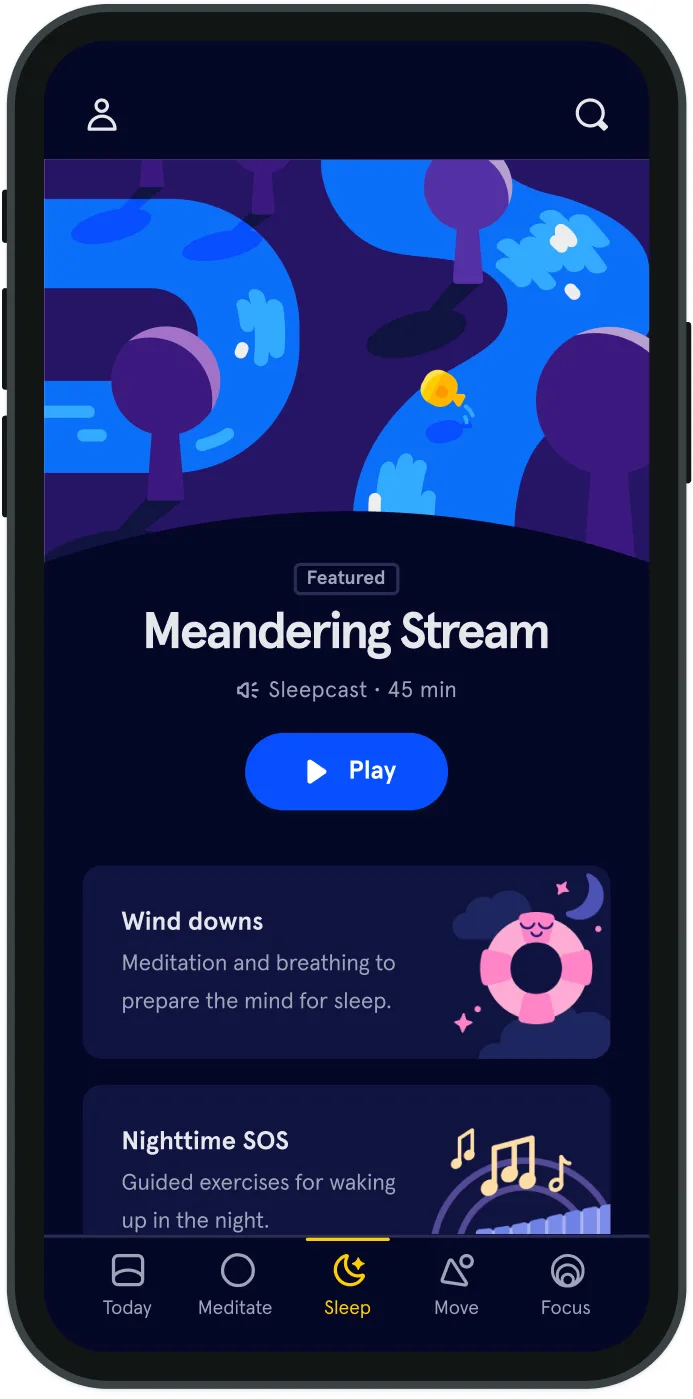Has your workout hit a wall? Here’s how to push through.
While the actual percentage varies from quote to quote, most runners agree that running is also a mental pursuit. When the running gets tough or we hit the infamous “wall”, perseverance is key.
Julie Culley, 2012 U.S. Olympic Trials 5,000-meter champion, notes that “if an athlete has done everything she can to physically prepare for the race, the race becomes 100 percent mental.” But how can we train this mental muscle? This was a question that I recently tackled myself while preparing for the TransRockies Run, a multi-day adventure through the Rocky Mountains in Colorado. I signed up for the three-day event, which would cover about 60 miles through a variety of terrain and elevations ranging from about 8,000 feet to 12,536 feet.
I have the benefit of living near Denver and getting into the mountains regularly, which helped boost my confidence a bit, but I was still questioning myself. (I’ve never attempted anything like this before.) I was going to be around people who lived and breathed trail running and, while the race director assured us we wouldn’t be booted off the course unless injured or really far behind, I was attempting something that I didn’t actually know that I could do. So while I did the physical training, I contemplated the mental training. Through research and experience, I found a few things help me to feel more confident about toeing the start line.
1. Manage your expectations.
The last you thing want to happen in a race is thinking you’re in the clear and then get slammed with a killer hill. For this race, I watched videos from the year prior. I studied the course maps. I became as familiar as I could with the terrain. I studied elevation profiles to better understand where I might gain some time. I familiarized myself with the course as much as possible.
2. Visualize.
Many professional athletes use visualization as a technique to get “in the game”, as it can not only boost confidence but can also kickstart the brain into believing a particular outcome. One key to visualizing is to be specific. Practice picturing and sensing the weather, the other runners, what you might wear, and what you may feel like as the race starts. Utilize your knowledge of the course and imagine yourself climbing the hills, cruising the downhills, pausing at the aid stations, and how you’ll fuel and hydrate (and when). Consider various aspects of the race, including any issues that could arise. Visualize pushing through a rainy day, an upset stomach, etc. Continue through the course and focus on feelings of excitement and accomplishment as you envision crossing the finish line.
3. Reflect on the positives of your training.
I didn’t train as much as I would have preferred for this race, so I tried to focus on what I was able to get in: back-to-back runs and some training at elevation (I even climbed a fourteener the week before!). When many other competitors were struggling to breathe up Hope Pass, a big climb on day two, my lungs felt clear and I focused on that instead of the burning in my legs.
It’s easy to fixate on runs when we bonked, but chances are, we’ve logged many more positive runs than negative ones. While it’s recommended that we allow ourselves to observe and acknowledge negative thoughts rather than pushing them away, try to find a healthy balance. Practice letting them go, and recognize that alongside one difficult run, the week also included four great ones. Seeking perspective and letting each performance carry similar weight can improve self-confidence.
4. Acceptance.
Assuming proper preparation (and no injuries), once you start a race, try setting off as though there is no turning back. While opportunities for aid stations and exits are crucial, try setting off with a mentality of acceptance—I’m here to get from point A to point B.
5. Enjoy it.
You signed up for this, right? Anytime I started to feel down during the race, I reminded myself that I signed up for this. I convinced myself that I was lucky to be out in the fresh air instead of at my computer. I was happy to be around others who love spending time outdoors as much as I do. (It was a good time to practice gratitude.) In the end, I completed all three days. Some stretches were physically grueling, others were mentally agonizing. But thanks to proper training, a few new friends, and few pre-race practices, I managed to finish with a smile on my face each day of the race.


Be kind to your mind
- Access the full library of 500+ meditations on everything from stress, to resilience, to compassion
- Put your mind to bed with sleep sounds, music, and wind-down exercises
- Make mindfulness a part of your daily routine with tension-releasing workouts, relaxing yoga, Focus music playlists, and more
Meditation and mindfulness for any mind, any mood, any goal

Stay in the loop
Be the first to get updates on our latest content, special offers, and new features.
By signing up, you’re agreeing to receive marketing emails from Headspace. You can unsubscribe at any time. For more details, check out our Privacy Policy.
- © 2025 Headspace Inc.
- Terms & conditions
- Privacy policy
- Consumer Health Data
- Your privacy choices
- CA Privacy Notice
